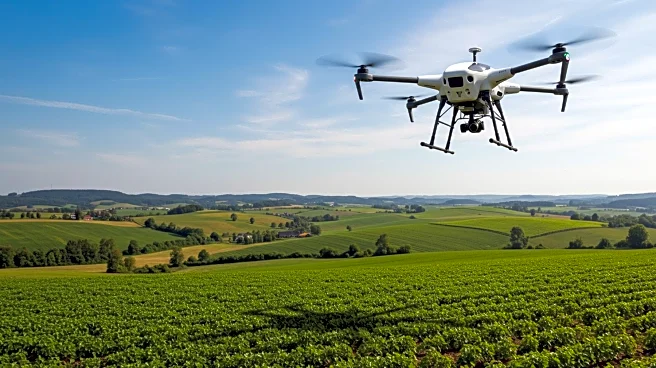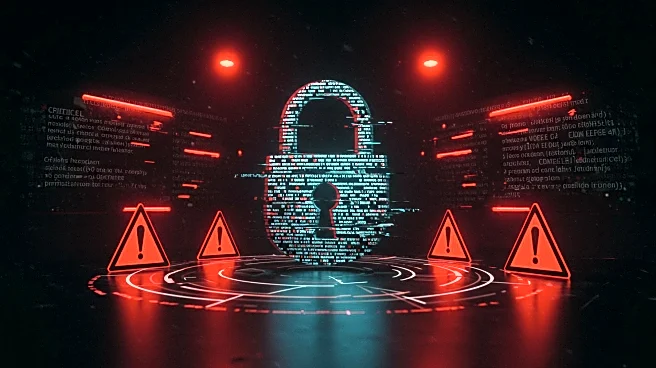What's Happening?
A report by Dragos and Marsh McLennan reveals that operational technology (OT) cyber risks could lead to nearly $330 billion in annual financial losses globally. The report emphasizes the indirect losses from disrupted operations, which many companies overlook. Despite warnings from industry leaders and advisories from the Cybersecurity and Infrastructure Security Agency (CISA), many executive teams mistakenly believe that IT security improvements extend to OT environments. The study suggests that incident response planning and OT monitoring can significantly reduce risks, with North America and Europe experiencing the highest OT event rates. Manufacturing is identified as the sector most likely to be impacted.
Why It's Important?
The findings underscore the critical need for organizations to address OT cybersecurity vulnerabilities, which can have severe financial and reputational consequences. The report highlights the importance of adopting AI-driven threat detection and response platforms, digital twins, and Zero Trust architectures to better protect OT environments. As adversaries increasingly use AI to speed up compromises, the industry must leverage AI-powered tools to enhance threat detection and response capabilities. The potential financial losses and risks to critical infrastructure emphasize the urgency for companies to prioritize OT security at a corporate level.
What's Next?
Organizations are encouraged to partner with Managed Detection and Response (MDR) providers to expand their Security Operations Centers (SOCs) with 24/7 monitoring and proactive threat hunting. The adoption of new SIEM and SOAR technologies incorporating AI threat analysis and active response capabilities is expected to continue, providing rapid visibility and response to emergent threats. Companies must also focus on securing remote access and reducing standing privileges to limit the impact of identity compromises.
Beyond the Headlines
The report suggests a shift in focus from merely stopping attacks to preventing the explosion of attacks. Zero trust authentication and dynamic cyber defense capabilities are recommended to limit attack paths and minimize the impact of breaches. The convergence of OT and IT security processes is becoming increasingly complex, requiring special considerations to ensure production and infrastructure reliability.











